





Lightspeed to Shopify
Migrating your store from Lightspeed to Shopify might seem daunting, but with proper planning and the right tools, it's a smooth process. Follow this step-by-step guide to ensure a successful transition.
Schedule a call
Step-by-Step Migration Guide: Lightspeed to Shopify Migration Guide
Step 1: Backup Your Data from Lightspeed
Before initiating the migration, it’s crucial to back up all your data from Lightspeed to ensure you have a secure copy in case of any issues during the transfer.
Step 2: Prepare Your Data for Migration
Once the backup is complete, the next step is to prepare your data for migration by editing the CSV files to ensure compatibility with Shopify's requirements.
Step 3: Import Products into Shopify
With your product data prepared, the next step is to import all your products into your new Shopify store efficiently.
Step 4: Import Customer Data into Shopify
Following the product import, it's time to migrate your customer data to Shopify, ensuring a smooth transition for your existing customer base.
Step 5: Migrate Order History
To maintain complete records of your sales, it is essential to migrate your order history from Lightspeed to Shopify.
Step 6: Customize Your Shopify Store
Now that your data is migrated, it's time to customize your Shopify store to align with your brand and improve user experience.
Step 7: Final Setup for Payment and Shipping
In this step, we will finalize the essential payment and shipping configurations to ensure smooth operations on Shopify.
Power Your Step - Get in Touch
Ready to take your ecommerce experience to the next level? Contact PowerCommerce to leverage our expert migration support today!
Step 1: Backup Your Data from Lightspeed
Backing up your data is an essential first step before migrating from Lightspeed to Shopify. A proper backup protects your business against potential data loss and allows you to revert to the original state if needed. This step involves exporting all relevant data, including products, customers, and orders, ensuring nothing is left behind.
To begin, log into your Lightspeed account and navigate to the respective sections for products, customers, and orders. Each section provides an export option that creates a CSV file containing all essential data. Here are the steps to follow:
- Export Products: Go to the 'Catalog' menu and select 'Products.' Click on 'Export List,' choose the delimiter (comma, semi-colon, or tab), and download the CSV file.
- Export Customers: Navigate to 'Customers' in the sidebar and click 'Export List.' Again, select the delimiter and download the customer CSV file.
- Export Orders: Access 'Sales History' under the 'Sell' menu. Click 'Export List,' choose the appropriate filter if necessary, and download your orders CSV file.
Ensure that you have backups of all three CSV files stored securely. This process may seem tedious, but it is crucial for avoiding headaches during the migration.
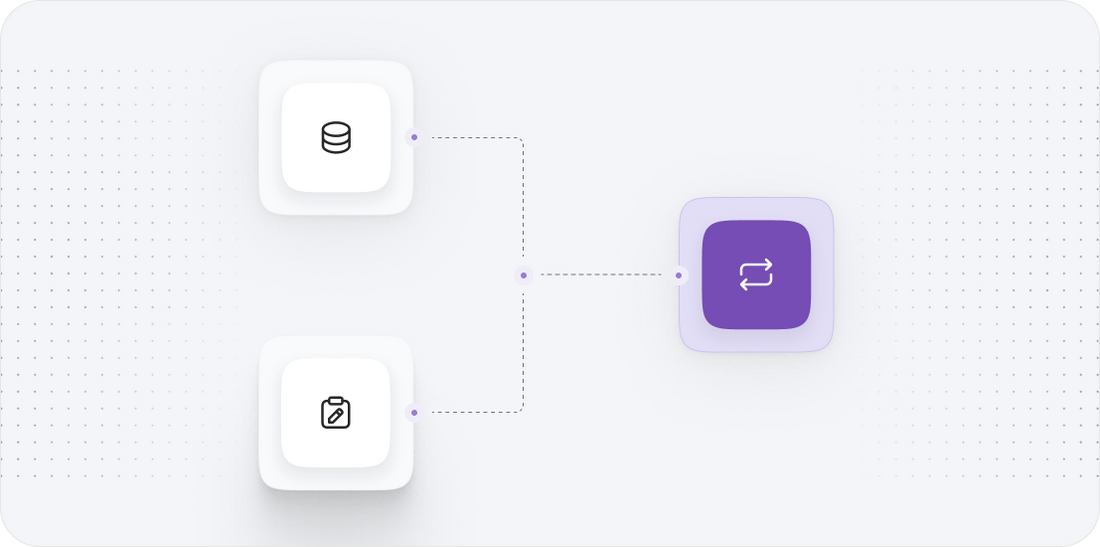
Step 2: Prepare Your Data for Migration
After exporting your data from Lightspeed, it is essential to prepare these files for a seamless import into Shopify. This involves editing the CSV files to match Shopify's format. The alignment of data structures is critical in preventing errors during the import process.
Begin by opening each CSV file in a spreadsheet application like Microsoft Excel or Google Sheets. Here’s how to prepare each file:
- Products: Ensure that the columns match Shopify's required format, which typically includes Product Title, Description, SKU, Price, and Inventory Quantity. Remove any unnecessary columns and ensure that all product variants are correctly represented.
- Customers: Format the customer data to include First Name, Last Name, Email, and Address fields. Verify that there are no duplicate entries and all data is correctly spelled.
- Orders: For order data, include necessary fields like Order Number, Customer Email, Product SKU, Quantity, and Price. Ensure the order history is accurately represented without any missing data.
After editing, save each file in CSV format, which will be compatible with Shopify’s import tool. This step is crucial as it significantly reduces the risk of import errors.
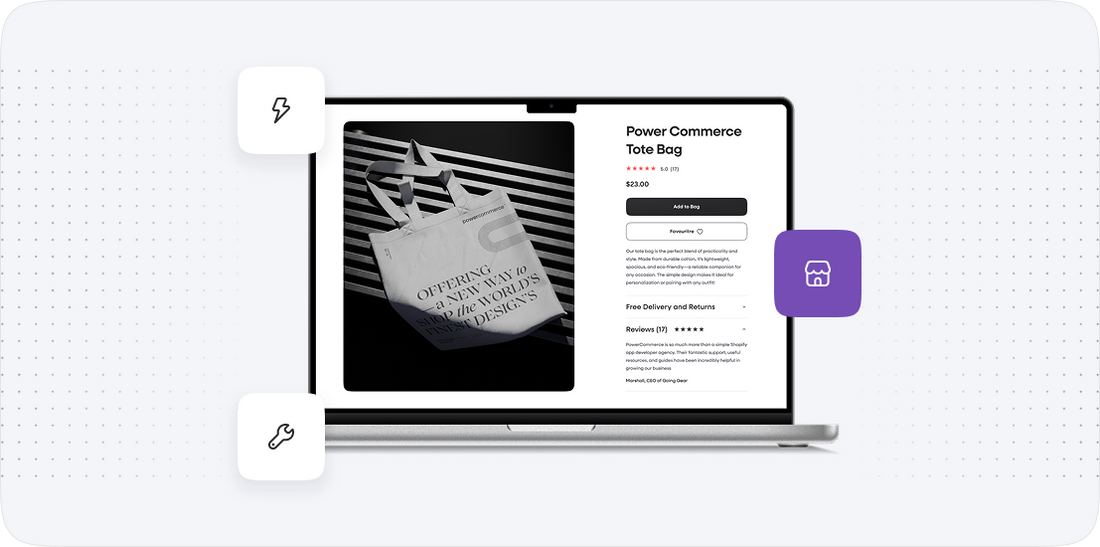
Step 3: Import Products into Shopify
Now that you have your product data ready, it’s time to import these products into Shopify. Shopify provides an intuitive import process that allows you to upload your CSV file directly. Here’s how to execute this step:
Log into your Shopify admin panel and follow these steps:
- Go to Products: In your Shopify dashboard, click on 'Products' and then select 'All products.'
- Import Products: Click on the 'Import' button located at the top right corner. You will be prompted to upload your CSV file.
- Upload the CSV File: Click 'Choose File' and select the product CSV file you prepared earlier. After selecting the file, click 'Upload and Continue.'
- Review Products: Shopify will show a preview of how your products will be imported. Review this carefully to ensure that everything is correct, especially the product images and descriptions.
- Finish Import: Once you are satisfied with the preview, click 'Import Products' to begin the upload process.
After the import process is complete, go through your product listings in Shopify to ensure that all information has been imported correctly and that there are no discrepancies.
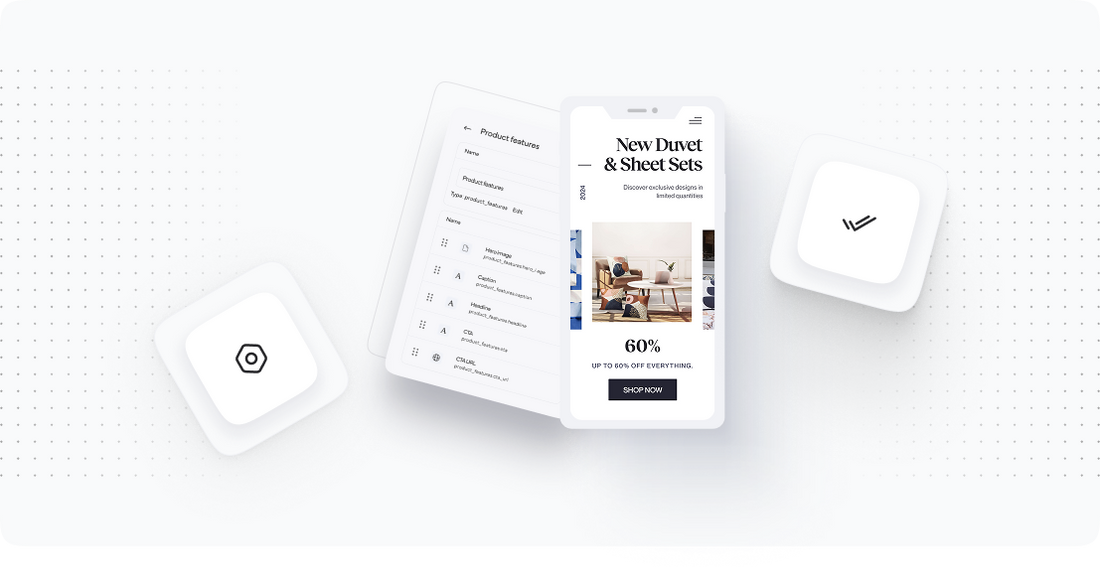
Step 4: Import Customer Data into Shopify
With your products successfully imported, the next critical step is migrating your customer data. This ensures that your existing customers can continue to interact with your store without issues. Here’s how to do it:
In your Shopify admin panel, navigate to the 'Customers' section:
- Go to Customers: Click on 'Customers' in your Shopify dashboard.
- Import Customers: Click on the 'Import' button, which will prompt you to upload your CSV file containing customer data.
- Upload Customer CSV: Select the customer CSV file you prepared earlier and click 'Upload and Continue.'
- Review Customer Data: Shopify will provide a preview of the customer information. Carefully check for any errors or missing data.
- Finish Import: Once satisfied with the preview, click 'Import Customers' to finalize the process.
After the import is completed, take the time to review the customer list in Shopify to ensure all data appears correctly and there are no missing entries.
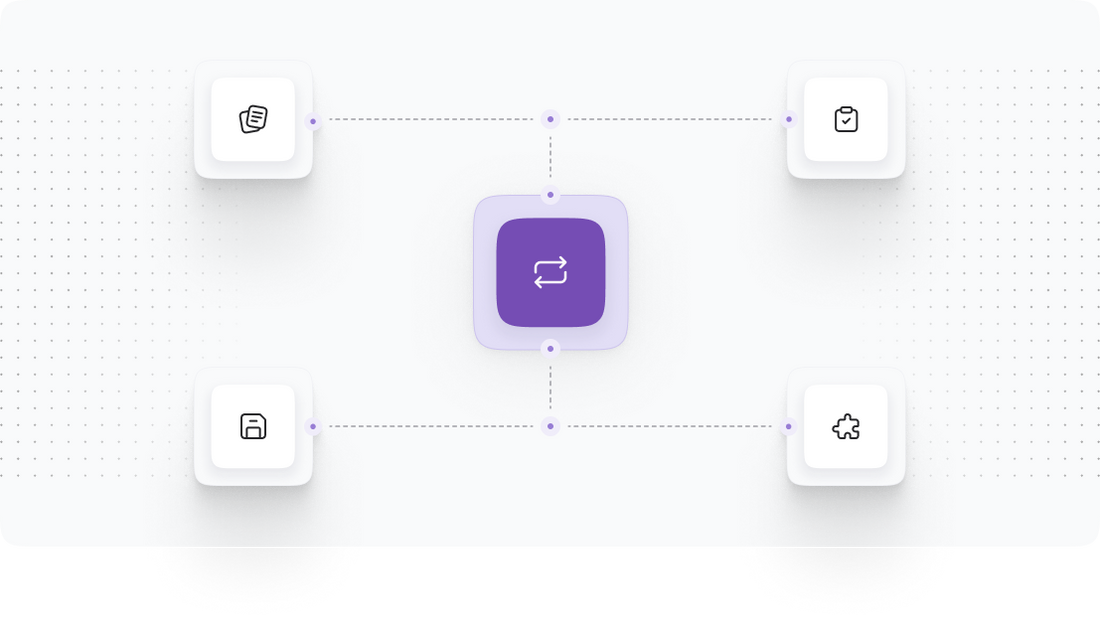
Step 5: Migrate Order History
Order history migration is crucial for maintaining customer satisfaction and ensuring that you have a complete sales record in your new Shopify store. This process will allow you to reference past orders and fulfill customer inquiries effectively. Here’s how to migrate your order history:
In your Shopify admin panel, go to the 'Orders' section:
- Go to Orders: Click on 'Orders' in your Shopify dashboard.
- Import Orders: Unfortunately, Shopify does not support direct CSV uploads for orders like it does for products and customers. Instead, you may need to utilize a third-party app or migration tool that specializes in order transfers. Tools like Cart2Cart can help automate this process.
- Choose Migration Tool: If using Cart2Cart, sign up for an account, select Lightspeed as your source cart and Shopify as your target cart. Follow the steps provided by the tool to map your order data correctly.
- Run Migration: After configuring your settings, initiate the migration. Ensure that you select all necessary order data fields to be transferred.
Once the migration is complete, verify that your order history has been accurately imported into Shopify, including details like order status and customer information.
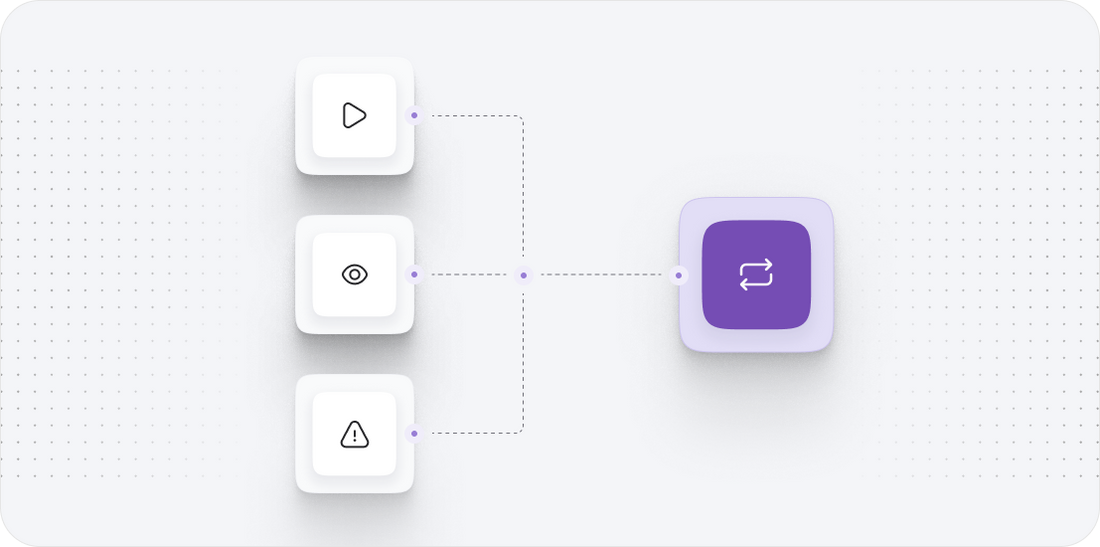
Step 6: Customize Your Shopify Store
With all your data successfully migrated, the next step is to customize your Shopify store to reflect your brand identity. This is where you can enhance the visual appeal and functionality of your online store. Follow these steps to get started:
Log into your Shopify admin panel and navigate to the 'Online Store' section:
- Select Themes: Click on 'Themes' to view the current theme and explore the Shopify Theme Store for additional options.
- Customize Your Theme: Choose a theme that resonates with your brand, then click 'Customize' to access the theme editor. Here, you can adjust colors, fonts, and layout settings.
- Add Branding Elements: Upload your logo and any other branding materials, ensuring that your store's aesthetics align with your overall branding strategy.
- Set Up Navigation: Organize your store’s navigation to facilitate easy access to product categories, collections, and essential pages such as About Us and Contact.
- Preview Changes: Use the preview feature to see how your changes look across different devices and ensure a seamless user experience.
Once you are satisfied with the customization, save your changes and prepare for the final setup stages.
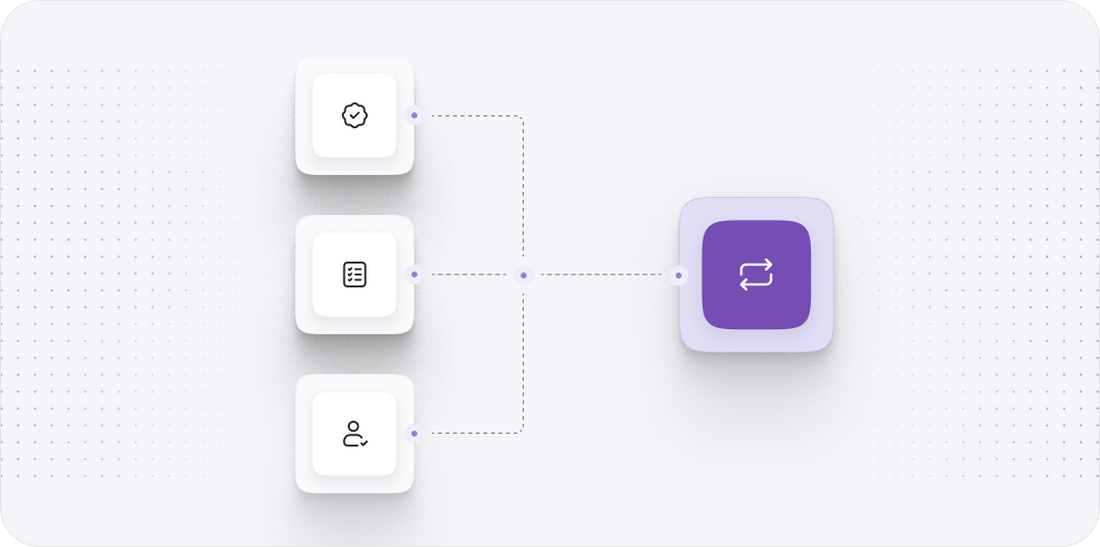
Step 7: Final Setup for Payment and Shipping
Finalizing your payment and shipping settings is crucial for ensuring that your Shopify store operates smoothly post-migration. This step involves configuring payment gateways and setting shipping options. Here’s how to accomplish this:
In your Shopify admin panel, navigate to the relevant sections:
- Set Up Payment Gateways: Go to 'Settings' and select 'Payments.' Here, you can choose from various payment gateways, such as Shopify Payments, PayPal, and other third-party options. Follow the prompts to set up your preferred payment methods.
- Configure Shipping Settings: Click on 'Settings' and then 'Shipping and delivery.' Set up your shipping zones and rates, ensuring that they align with your business model. You can offer flat rate shipping, free shipping, or real-time carrier rates depending on your strategy.
- Set Up Tax Rates: In the 'Settings' section, navigate to 'Taxes' to configure tax rates according to your location and business requirements.
After these configurations, conduct a test transaction to ensure that payment and shipping processes are functioning correctly. This testing is vital to resolve any potential issues before launching your store.
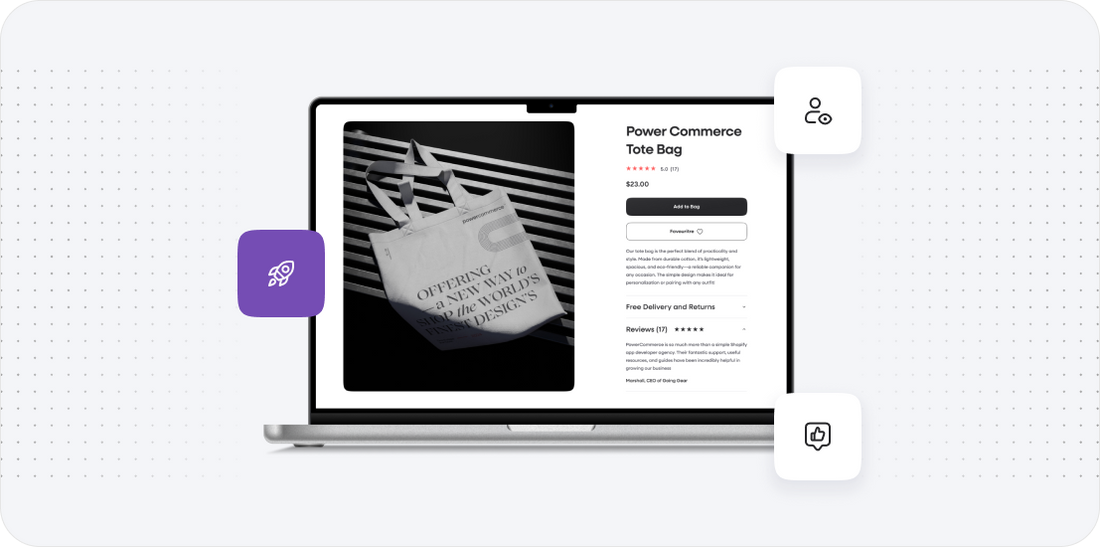
Power Your Step - Get in Touch
If you're looking to migrate your ecommerce platform seamlessly and efficiently, look no further than PowerCommerce. With our extensive experience in ecommerce migrations, we ensure a hassle-free transition that minimizes downtime and maximizes your store's potential.
Contact us today:
- Visit our contact form to get started.
- Call us at 800-099-9090 for immediate assistance.
- Email us at info@powercommerce.com for inquiries and support.
Our team of experts is ready to assist you in optimizing your new Shopify store, ensuring that it not only meets your expectations but exceeds them. Don't wait--reach out now and let us help you power your ecommerce journey!
Stay aligned on what's happening in the commerce world
Trusted by 1000+ innovative companies worldwide
Schedule Your Migration Today
For businesses prioritizing simplicity, scalability, and robust support, Shopify is the clear winner.
Looking to migrate without hassle? Power Commerce can handle the entire process, ensuring smooth data transfer, store setup, and post-launch success.
Marka Marulića 2, Sarajevo, 71000 BiH
00387 60 345 5801
info@powercommerce.com


